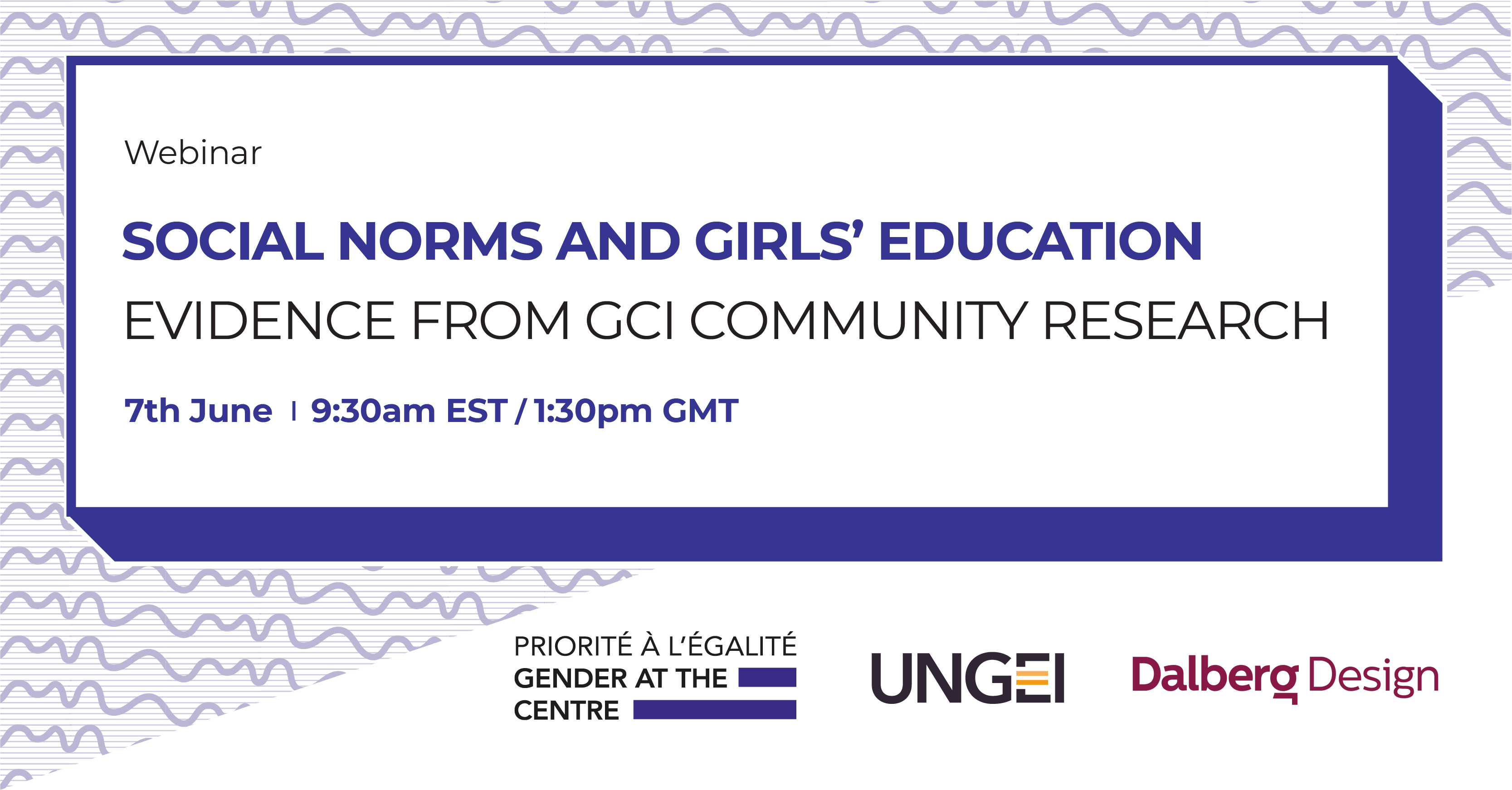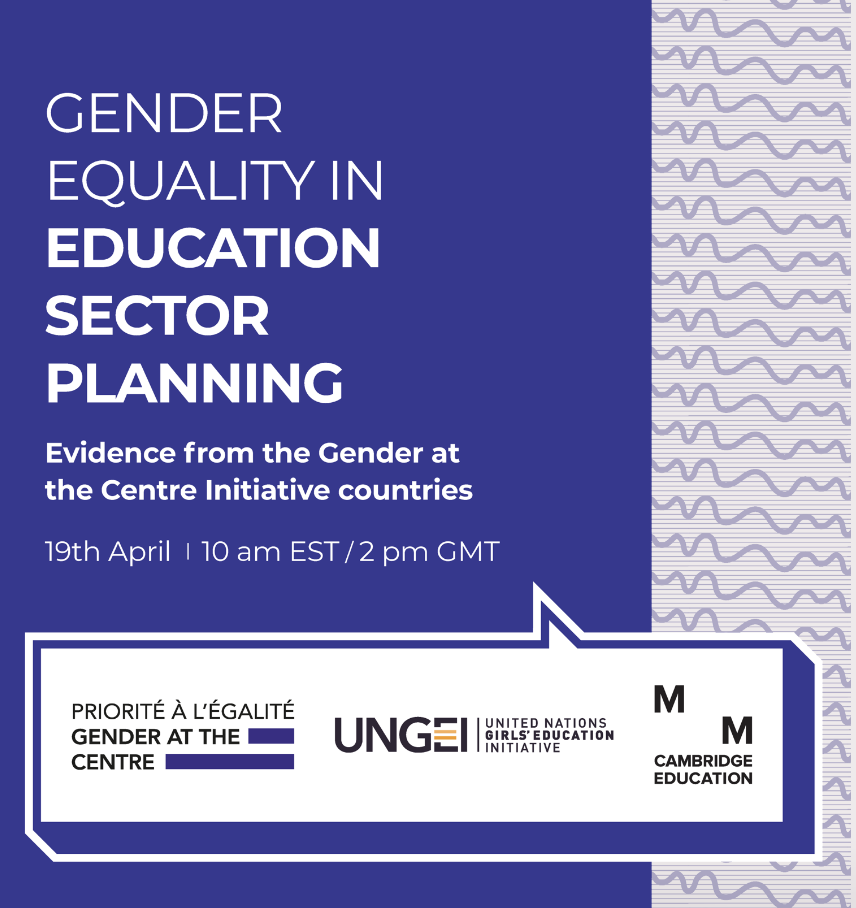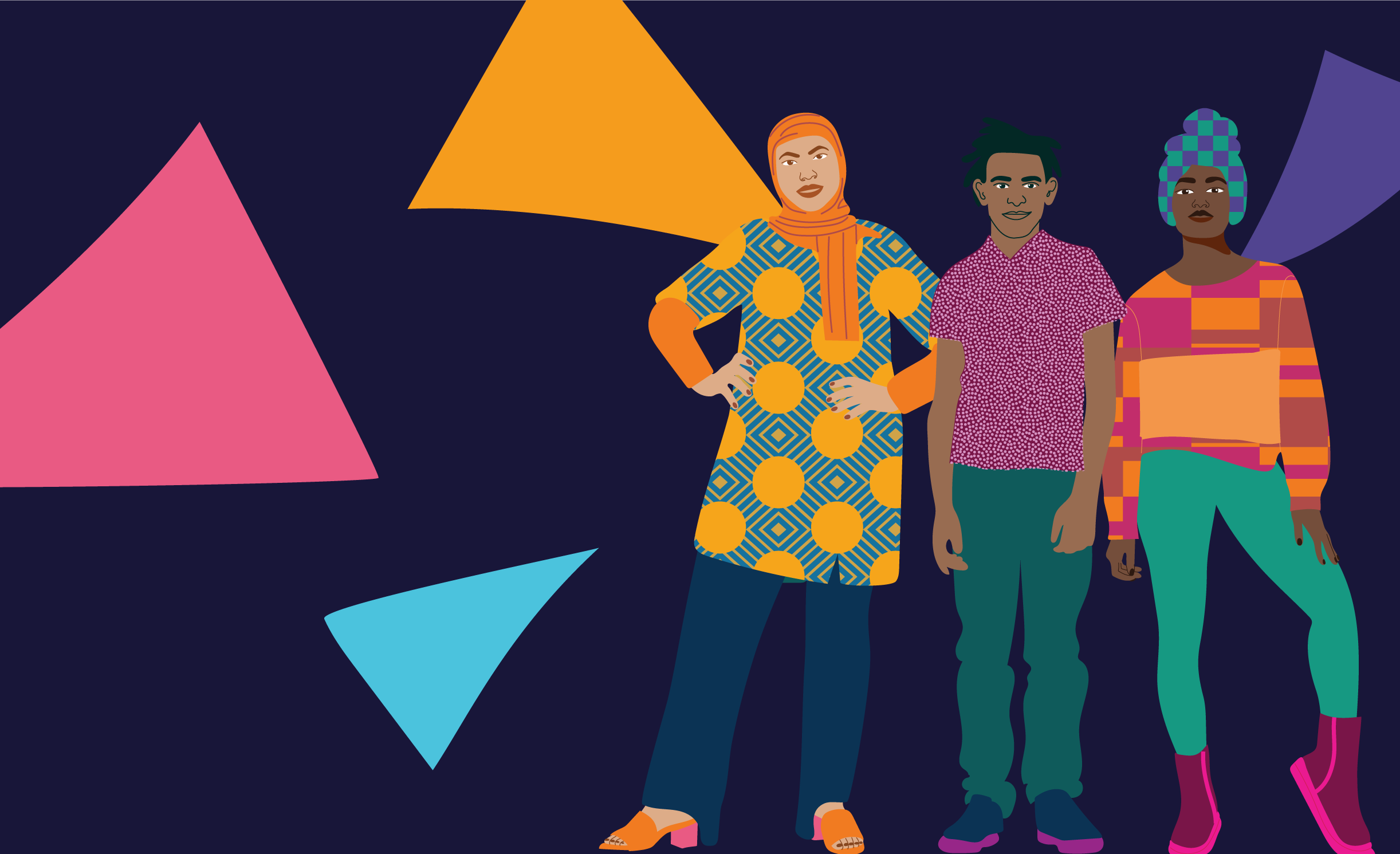Time and time again, young women tell me that it was through education that they found their voice and the agency they needed to write their own futures. Education opens doors to knowledge, opportunity and empowerment. Yet the face of exclusion in education is still predominantly female and not a single country is on track to achieve the Sustainable Development Goal of gender equality by 2030. Surely the instrumental role of education needs to play a bigger part.
We know that getting girls into school is not enough. There are many barriers to learning that are specific to girls and it is still extremely rare for the poorest girls to complete secondary school. While education can be life-changing, it can also reinforce deep-rooted gender inequalities. For this reason, we must take a system-wide approach to achieving gender equality in and through education.
Girls’ experience of education needs to change
The political momentum for gender equality in education is building, reflected in the recent G7 Declaration on Gender Equality and Women’s Empowerment, which calls for at least 12 years of safe and quality education for every girl and boy.
While tackling the social norms and overlapping causes of exclusion is essential, also of critical importance is her learning experience, starting before she arrives in class. To achieve gender equality in school, girls must be safe from violence and harassment both on their way to school as well as in the classroom. Girls must have access to separate toilets so they don’t miss school during menstruation.
Girls must receive the same levels of attention and expectation from their teachers as boys — that they will perform to their full potential in all subjects and lift their aspirations. And they need to see themselves in textbooks as doctors, scientists and Prime Ministers as much as nurses, primary school teachers and mothers.
As this year’s Global Education Monitoring Report notes, the fact that we are not yet succeeding is clear. What is less clear is how political commitment can be translated into practical action to deliver concrete, sustainable outcomes for girls.
A whole-system approach to gender equality in education
In order to dismantle gender barriers that hold girls back, we recognize the need for a strategic shift towards a broader focus on developing education systems that are gender-responsive by design.
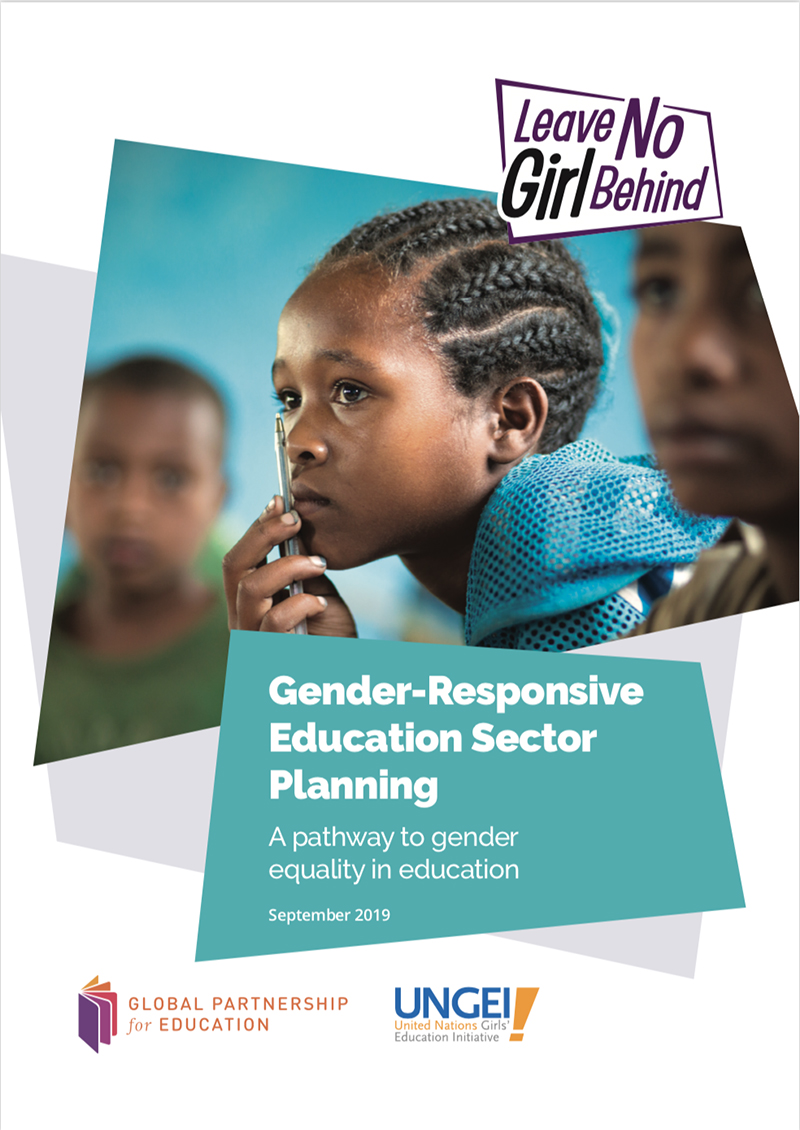
Last month, at the Commonwealth Women’s Affairs Ministers Meeting in Nairobi, a new policy note — Gender-Responsive Education Sector Planning — a pathway to gender equality in education — was launched through the Platform for Girls’ Education.
I am honoured to be a part of the Platform, one of 12 representatives from across the Commonwealth who share a commitment to advancing political momentum for girls’ education.
We are calling for a systems approach to putting gender equality at the heart of education — from learning and learning environments, teacher training and practice, education curricula and materials, to leadership and administration. One vehicle to achieve this is gender-responsive education sector planning (GRESP) as pioneered by the Global Partnership for Education (GPE) and the United Nations Girls Education Initiative (UNGEI).
Grasping GRESP!
Grasping the concept of GRESP means identifying gender barriers within education systems and ensuring that strategies and policies are in place to address them, along with necessary resources, oversight and accountability. It is only when girls and boys not only have equal access but can equally benefit from their schooling that the gender transformative potential of education will be unlocked.
Our goal at GPE is to ensure that gender equality is considered at every stage of the education planning cycle in order to lay the foundations for system-wide change and deliver more gender-equal outcomes.
To support that process, GPE, UNGEI and partners have led regional workshops for key education stakeholders in 28 countries on gender analysis and its role in education planning. Over 200 delegates representing government ministries, civil society and development partners across Africa and Asia have joined GRESP workshops and benefited from an exchange of knowledge, resources and experience.
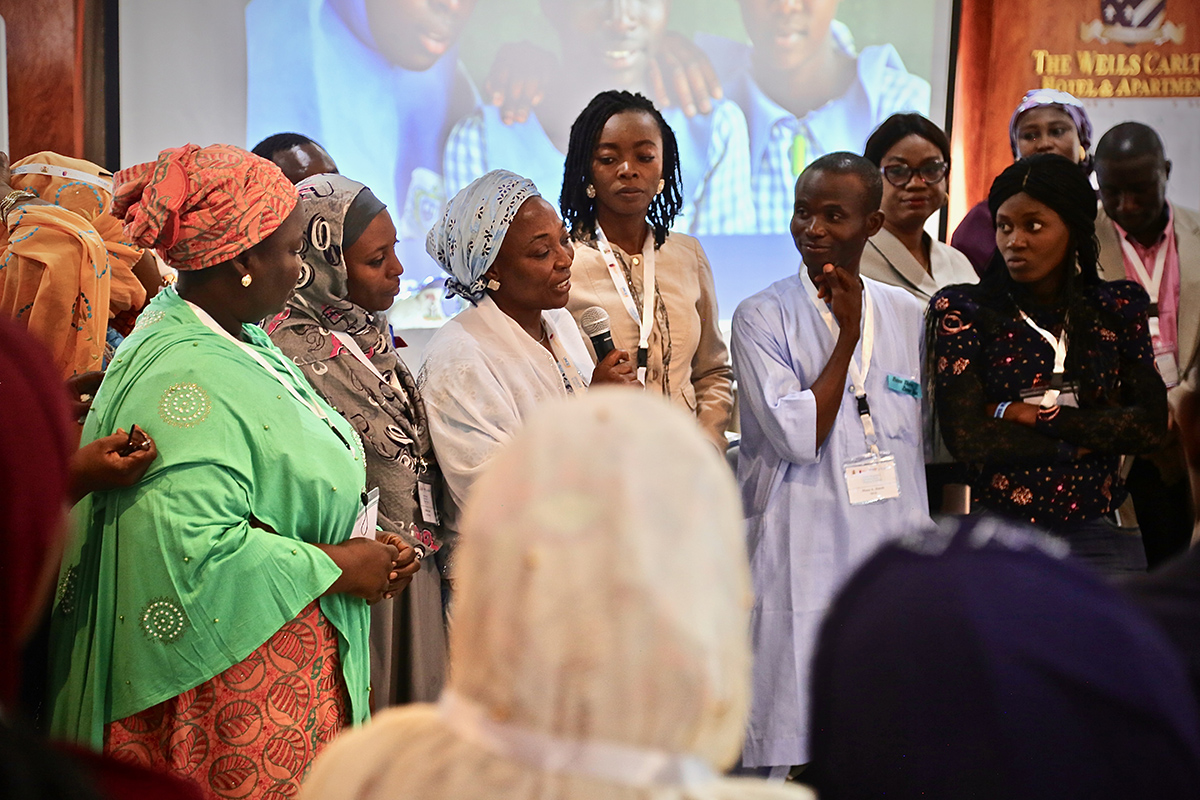
Driving forward
Together with the Guidance for Developing Gender-Responsive Education Sector Plans, the GRESP workshops are a key part of delivering the GPE Gender Equality Policy and Strategy. Recognizing the importance of this work, the G7 leaders this year launched the Gender at the Center Initiative (GCI).
The initiative will mobilize resources and expertise to support countries in sub-Saharan Africa to rapidly step up progress for gender equality in education.
This high level of political support for advancing gender equality in and through education gives me hope. Putting gender at the heart of national education sector plans, following the GRESP guidance, is a vehicle to deliver the change that is needed.
Only when gender equality is hard-wired into the DNA of education systems will we be able to deliver more equitable results for girls and have a real chance of reaching the global goal on gender equality by 2030.
